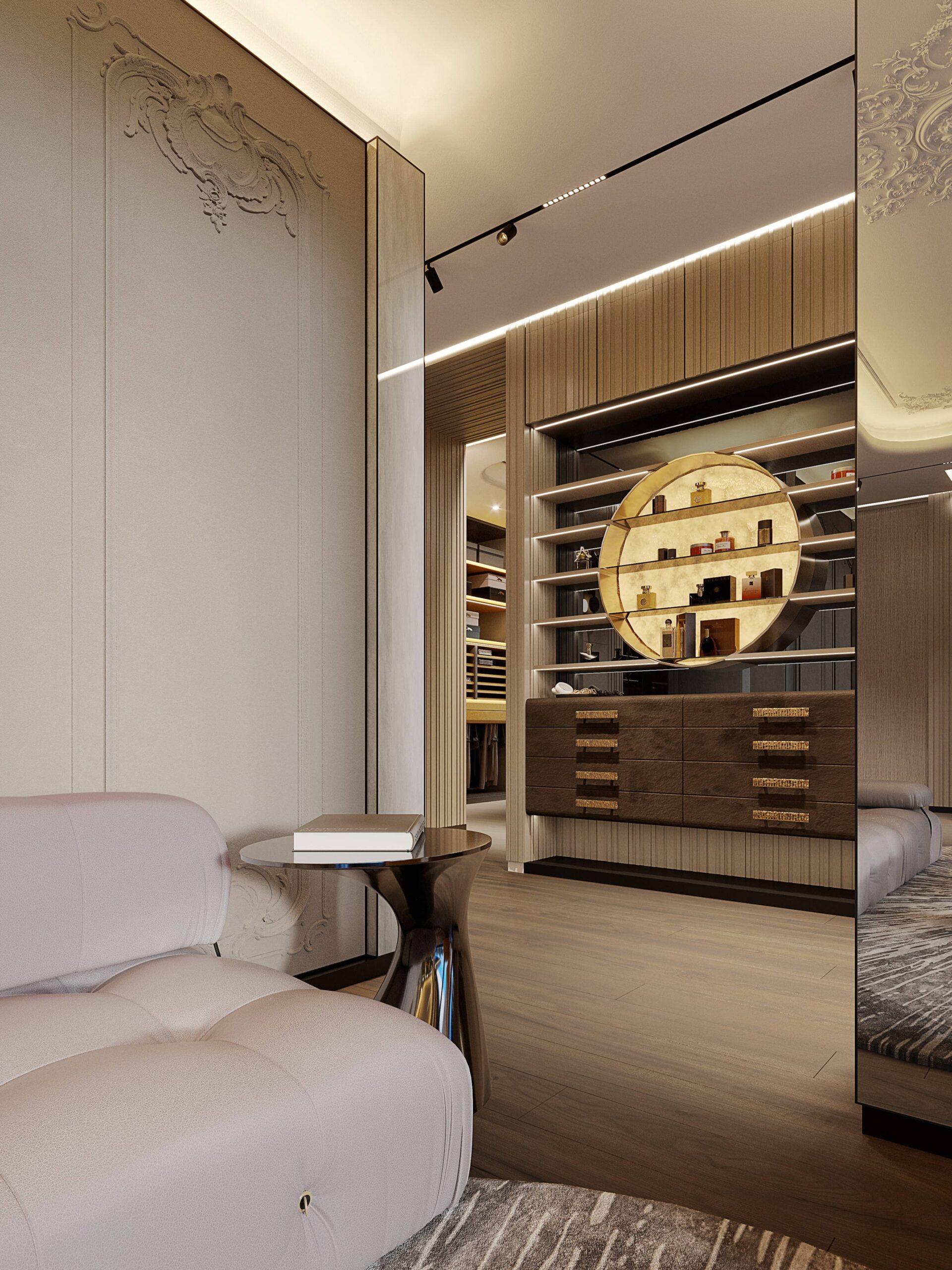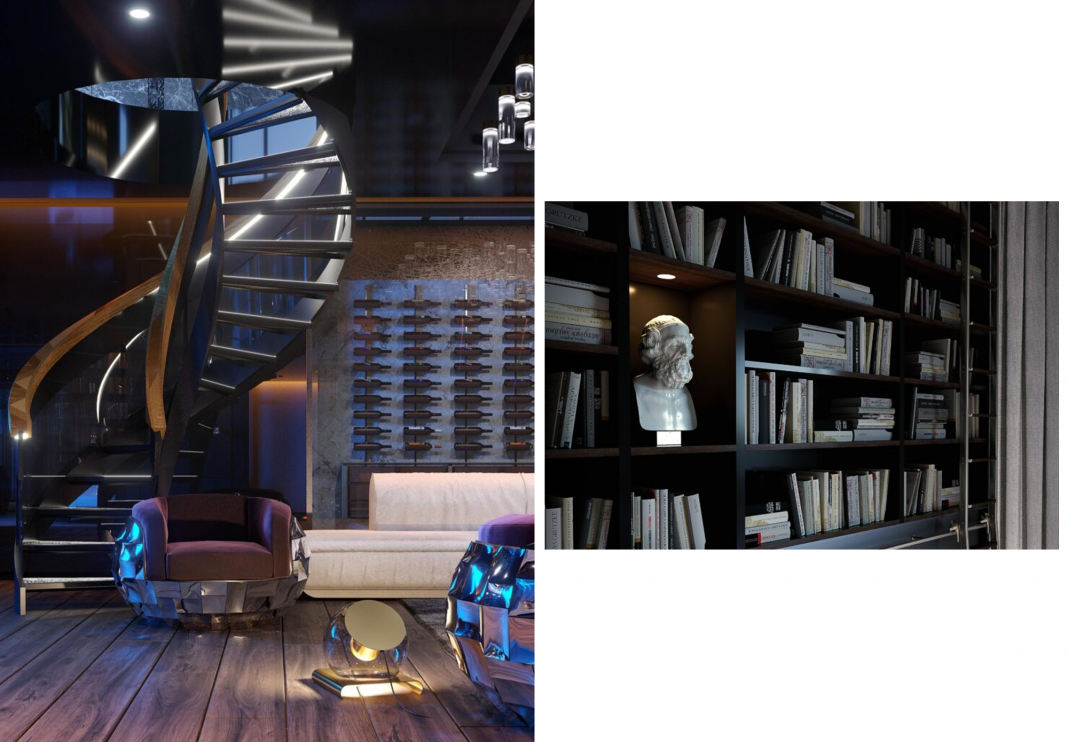No longer just the stuff of spy novels or vintage mansions, hidden rooms and secret spaces have become a hallmark of modern luxury home design. Blending high-end aesthetics with advanced technology, these concealed spaces provide privacy, enhance security, and inject a sense of mystery into high-value properties. From rotating bookshelves that reveal hidden libraries to biometric-access vaults and secret lounges, hidden rooms are transforming how elite homeowners experience their spaces.
The evolving allure of hidden rooms in luxury design
In today’s high-end residential architecture, hidden rooms are more than clever party tricks—they are curated, functional sanctuaries that balance discretion with indulgence. Once designed primarily for safekeeping valuables or creating panic rooms, these spaces are now central to how privacy, personalization, and innovation converge in the luxury market.
For discerning homeowners, secret rooms offer both escapism and exclusivity. Imagine stepping through a paneled wall in your living room to access a private wine cellar, or retreating into a soundproof studio hidden beneath the stairs. These spaces offer a reprieve from the visible and open floor plans common in modern homes, allowing for serene, enclosed areas tailored to specific needs or passions.

Beyond their aesthetic appeal, hidden rooms contribute to a home’s architectural rhythm. Designers are now integrating concealed doors, disguised entryways, and modular partitions to create fluid transitions between visible and invisible spaces—enhancing the sense of discovery while maximizing usable square footage.
Innovative design ideas redefining hidden spaces
The best hidden rooms blend into the surrounding architecture so naturally that they vanish in plain sight. Achieving that level of discretion requires both artistic vision and technical precision. One classic but ever-popular design is the rotating bookshelf. This feature can transform an ordinary home library or living room into a private office, meditation room, or secluded reading nook. Enhanced with smart locks, biometric sensors, or voice activation, these bookcases offer both elegance and high-level security.

Under-the-stairs hideaways have also gained popularity, especially in homes that prize efficiency. Whether transformed into cozy lounges, climate-controlled wine cellars, or hidden children’s playrooms, these spaces make smart use of otherwise overlooked square footage. Their integration into the overall floor plan often relies on seamless finishes and architectural symmetry, ensuring the hidden space doesn’t disrupt the home’s design narrative.
Perhaps the most visually compelling approach involves disguised entryways—doors hidden behind mirrors, artwork, or wall paneling. These entries often lead to secret gyms, safe rooms, or spa retreats. In ultra-luxury homes, these concealed doors can be engineered to open only with fingerprint scans or discreet wall taps, offering high security without compromising aesthetics.
The functional side of fantasy
While hidden rooms add a whimsical or mysterious flair to a property, their functionality is just as critical. In many luxury homes, these secret spaces fulfill real needs—especially for privacy, storage, and specialized activities.
Privacy remains a top priority. Hidden offices allow for uninterrupted work, while concealed wellness rooms provide peaceful escapes from the noise of daily life. Soundproof walls, biometric security, and remote access technologies ensure that what’s hidden stays protected, both physically and psychologically.
There’s also increasing demand for multipurpose utility. Hidden rooms today are rarely single-use. A concealed studio might double as a conference room by day and a home theater by night. A secret dining space could transition from a family hideaway to an entertainment zone. These dual-purpose designs speak to a growing interest in modular, flexible living—even at the highest price points.
Designers are also emphasizing aesthetic integration. Hidden rooms must be invisible when not in use but visually harmonious when discovered. This often involves custom millwork, cohesive color palettes, and material continuity. By aligning hidden rooms with the broader interior design, architects ensure they feel like a natural extension of the home, not an isolated novelty.
Secret spaces for luxury leisure and entertainment
Not all hidden rooms are about work or privacy—many are about indulgence. As luxury homeowners seek more personalized experiences at home, secret entertainment spaces are becoming a coveted design feature.
Speakeasy-style bars, inspired by Prohibition-era aesthetics, are often tucked behind sliding bookshelves or mirror doors. These lounges feature custom mixology stations, leather seating, and mood lighting—creating a private club atmosphere within the home.
Home theaters hidden beneath trapdoors or behind panel walls offer an immersive cinema experience. Outfitted with plush seating, soundproofing, and the latest audio-visual systems, these spaces provide all the thrills of the big screen without ever leaving home.
For gaming enthusiasts, private arcades or VR rooms remain a top hidden room choice. These high-tech play spaces are often accessed through concealed panels and include everything from vintage pinball machines to modern virtual reality setups—offering residents a futuristic escape just a few steps away.
Why hidden rooms matter in modern luxury living

As homes become more connected and more open, the desire for discretion, security, and individuality has grown. Hidden rooms satisfy those needs while adding undeniable prestige and originality. In many ways, they represent the ultimate status symbol—not because they’re opulent, but because they’re private.
Hidden rooms also reflect a growing trend in hyper-personalized living. These aren’t one-size-fits-all spaces—they’re carefully tailored environments that express the homeowner’s values, routines, and desires. Whether for solitude, safety, or celebration, these spaces offer a customized experience that few other home features can match.

In a world where so much of luxury is defined by visibility, hidden rooms flip the narrative. They reward the owner, not the onlooker. They’re not meant to impress at first glance, but to surprise and delight over time.
Conclusion
Hidden rooms and secret spaces are no longer architectural gimmicks—they’re a cornerstone of luxury design. By combining creativity, craftsmanship, and cutting-edge technology, designers are helping homeowners carve out truly private experiences within their most public asset: the home.
Whether it’s a hidden wine cellar, a biometric vault, or a velvet-walled lounge, these secret sanctuaries provide both practical value and poetic intrigue. In doing so, they remind us that the most exclusive spaces are not those most visible—but those most personal.



